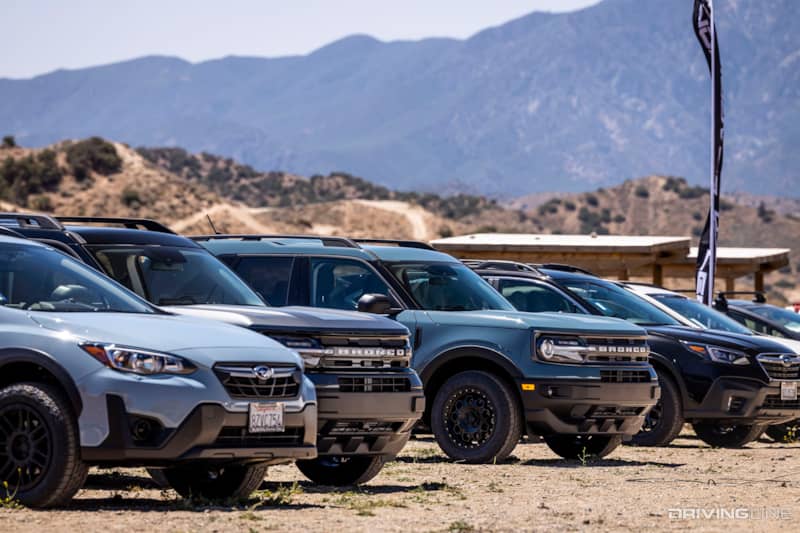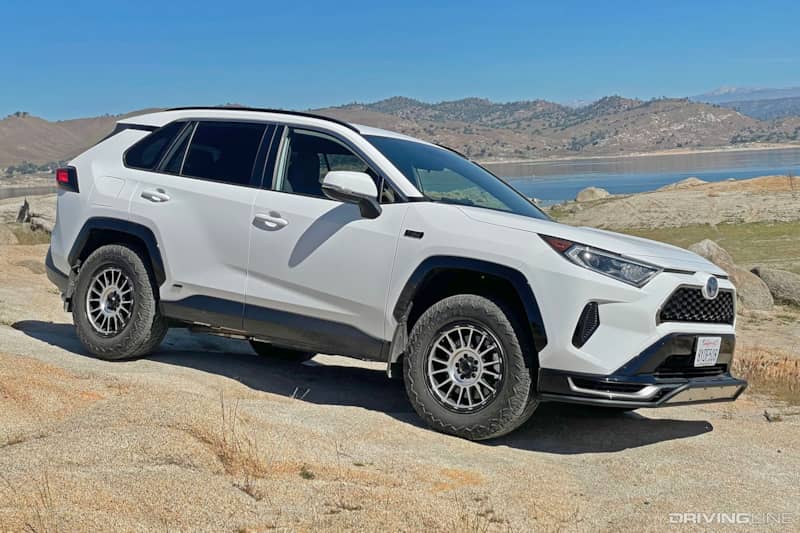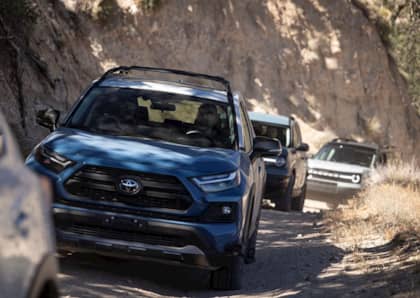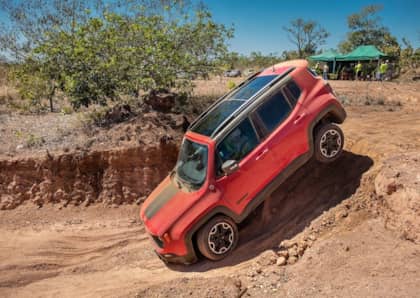Should You Your Lift Your CUV? Pros & Cons for the Street or Trail
Along with installing larger wheels and tires, a lift is considered one of the quintessential off-road modifications for 4x4s.
And though not quite as common on smaller, car-based crossovers and CUVs, a lift is still one of the most popular upgrades for vehicles like the Subaru Forester, Outback, Crosstrek, the Toyota RAV4 and others.

But is lifting your CUV a good idea? Is it something everyone should consider or should it be left only to hardcore enthusiasts? What’s to gain and what’s to lose? Let’s examine the pros and cons of this common upgrade.
More Capability?
Whether you are considering a spring and shock kit or one of the popular spacer setups, one of the biggest reasons one would lift their CUV is to improve its ground clearance.

Compared to the larger 4x4s, a crossover will have a lot less ground clearance out of the box, and a lift is an easy way to add valuable clearance to a vehicle that sees off-road use.
Even just a couple of inches can make a big difference when it comes to getting around obstacles and avoiding bottoming out, and let’s be honest—there’s nothing wrong with lifting your CUV simply for a more aggressive look.

Tire Possibilities
A taller, more aggressive stance can help your CUV stand out from the crowd, and just as importantly, it should allow you extra clearance if you are planning to fit larger tires.

While some models allow you to run larger tires on stock suspension, a lift will give you many more possibilities for running more aggressive tires without rubbing.
The Cons of Lifting Your CUV
Now this doesn’t mean there aren’t some potential drawbacks to lifting a crossover or SUV. The first thing to consider is fuel economy.

Lifting a vehicle almost always has a negative effect on aerodynamics and thus, fuel economy. And while the effect may not be drastic, you will almost certainly notice it.
While some might not be worried about the modest MPG hit, it’s important to consider if good fuel economy was one your reasons for buying a CUV in the first place.

Finally, there’s the potential of increased drivetrain wear. Since we are talking about vehicles with independent suspension, increasing the ride height can potentially lead to accelerated wear on things like CV joints and wheel bearings. As you’d expect, the more aggressive the lift, the more likelihood you’ll run into this issue.
Try This Before You Lift
Finally, one thing to consider is that if you just want a little extra ground clearance but don't want to modify your suspension, you can try upsizing your tires. And the best upsized tires for CUVs are made specifically for those vehicles, like the Nitto Nomad Grappler crossover-terrain tire seen below on this RAV4.

You’ll want to do some research to see what sizes fit your vehicle, but you can often get an extra inch of height simply by going one-size taller on your tires and leaving your suspension alone.
A properly lifted CUV can be a lot more capable (and a lot cooler looking) than a stock one, but make sure you know what you are getting into first.

As with any vehicle modification, knowing your goals and doing your research is key—especially when it comes to CUVs which usually serve as daily drivers and family haulers in addition to weekend adventure rigs.
More From Driving Line
- Want to see how some lifted CUVs handle some snowy California trails? Check out this episode of On The Trail.











